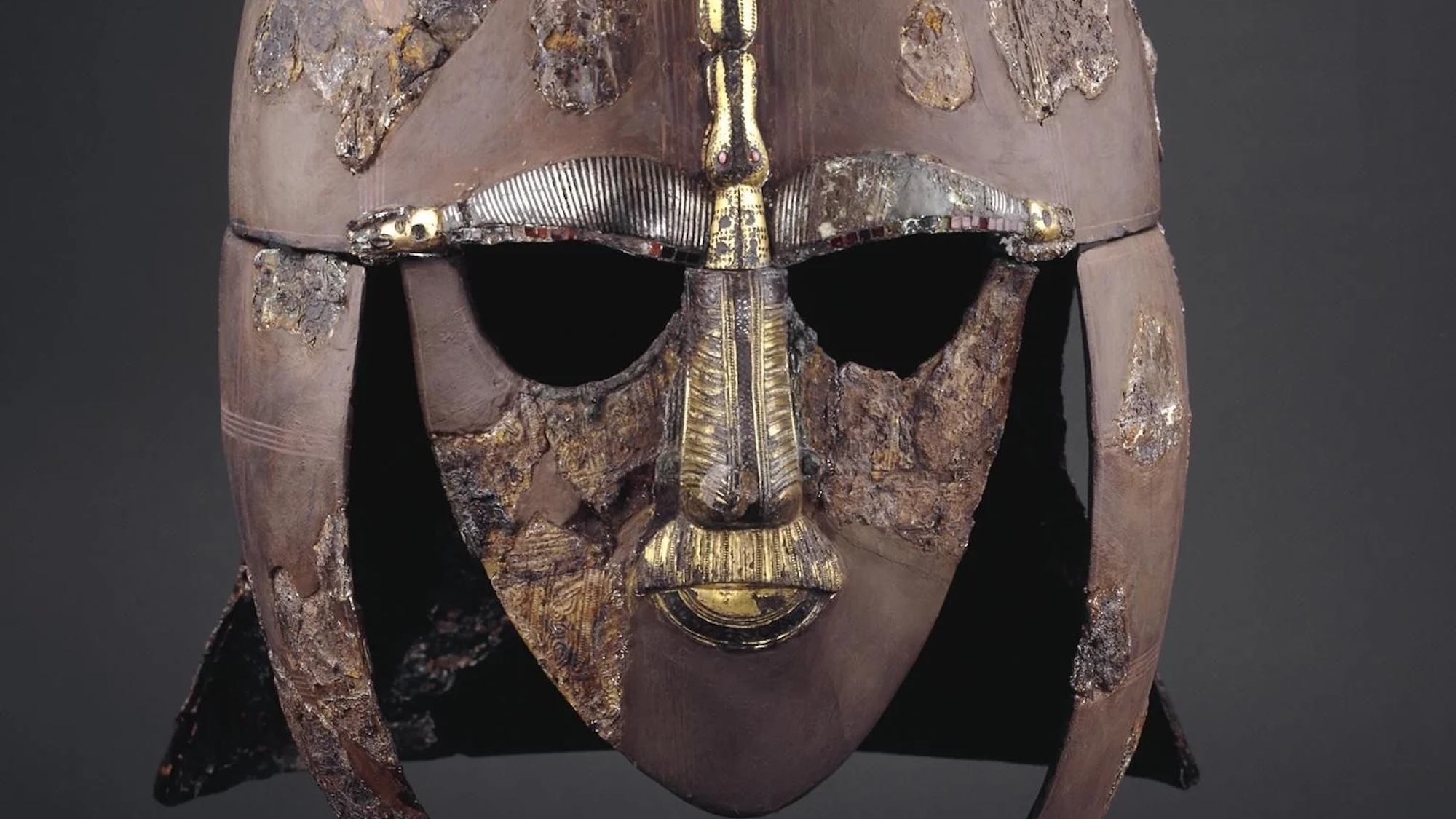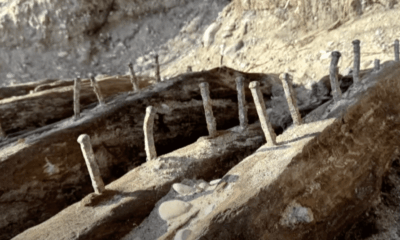Gadgets
Metal detector find may rewrite history of 7th century helmet

A small artifact found in Denmark by a metal detectorist has the potential to reshape our understanding of early medieval Anglo-Saxon history, particularly regarding an iconic helmet associated with “Britain’s Tutankhamen.” This discovery challenges existing beliefs and interpretations, shedding new light on this fascinating period.
Sutton Hoo, located in Suffolk, England, is renowned for its archaeological significance, with 6th and 7th-century burial sites revealing a treasure trove of Anglo-Saxon artifacts. Among the discoveries, the Sutton Hoo helmet stands out as a symbol of the site and the era it represents. The helmet, weighing approximately 5.5 lbs, is believed to have served both as a functional piece of armor and a decorative royal headpiece, showcasing intricate designs influenced by cultural elements from Uppland, Sweden.
The recent discovery of a small metal stamp, known as a patrice, on Tåsinge Island in Denmark has sparked new insights into the interconnectedness of the region during the 7th century. The intricate design on the patrice shares striking similarities with the Sutton Hoo helmet, suggesting a potential Danish origin for the iconic headgear. This finding has the potential to reshape historical narratives and highlight Denmark’s role in shaping the cultural landscape of early medieval Europe.
According to National Museum of Denmark curator Peter Pentz, further investigation into the connection between the Sutton Hoo helmet and the Tåsinge stamp could reveal groundbreaking insights into the power dynamics of Northern Europe during this period. If confirmed, this discovery could reshape our understanding of the region’s history and the influence of Danish craftsmanship on neighboring cultures.
The implications of a Danish origin for the Sutton Hoo helmet go beyond mere artistic influence, suggesting a deeper connection between Denmark, England, and Sweden during this pivotal era. The discovery of the Tåsinge stamp hints at a previously unrecognized Danish metalworking tradition, underscoring the region’s significance in shaping the cultural and political landscape of early medieval Europe.
Ongoing research and archaeological surveys in the area where the Tåsinge stamp was found will shed more light on this intriguing discovery. The existence of a workshop capable of producing similar artifacts raises the possibility of uncovering more evidence of Denmark’s role in shaping the material culture of the time, potentially rewriting the history books once again.
Can you please rewrite this for me?
-

 Destination8 months ago
Destination8 months agoSingapore Airlines CEO set to join board of Air India, BA News, BA
-

 Breaking News10 months ago
Breaking News10 months agoCroatia to reintroduce compulsory military draft as regional tensions soar
-

 Gadgets3 months ago
Gadgets3 months agoSupernatural Season 16 Revival News, Cast, Plot and Release Date
-

 Tech News12 months ago
Tech News12 months agoBangladeshi police agents accused of selling citizens’ personal information on Telegram
-

 Productivity11 months ago
Productivity11 months agoHow Your Contact Center Can Become A Customer Engagement Center
-

 Gadgets3 weeks ago
Gadgets3 weeks agoFallout Season 2 Potential Release Date, Cast, Plot and News
-

 Breaking News10 months ago
Breaking News10 months agoBangladesh crisis: Refaat Ahmed sworn in as Bangladesh’s new chief justice
-

 Toys12 months ago
Toys12 months ago15 of the Best Trike & Tricycles Mums Recommend
























